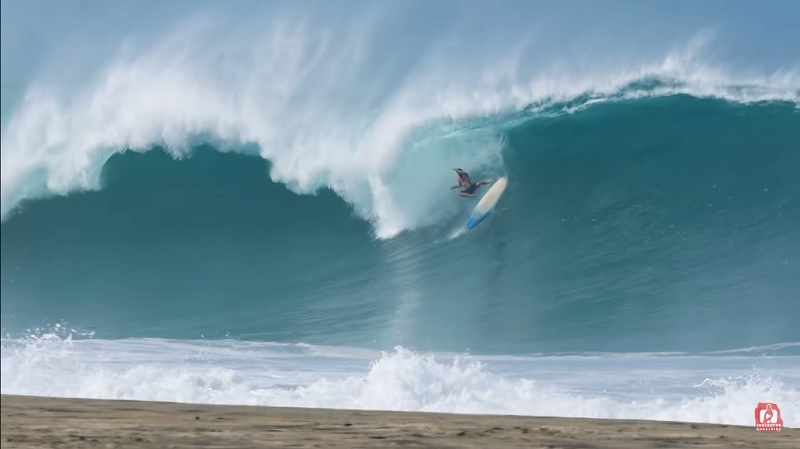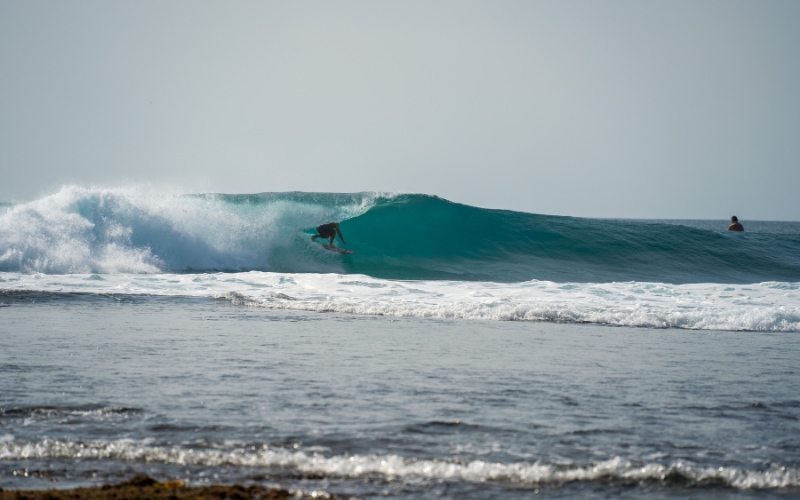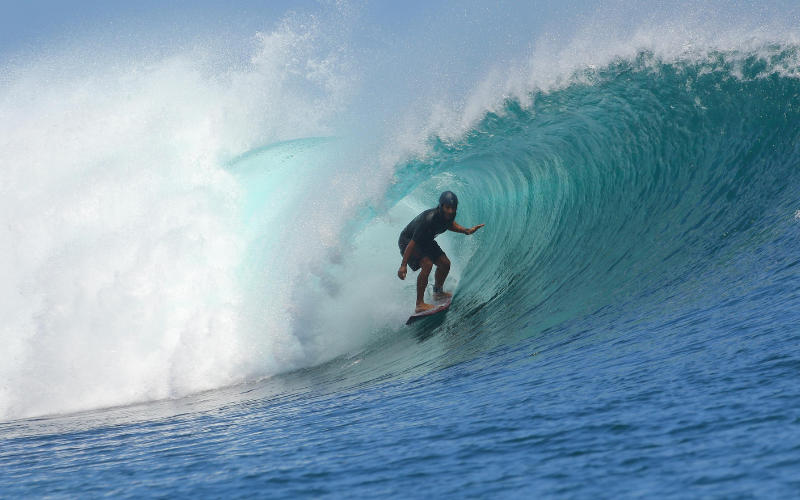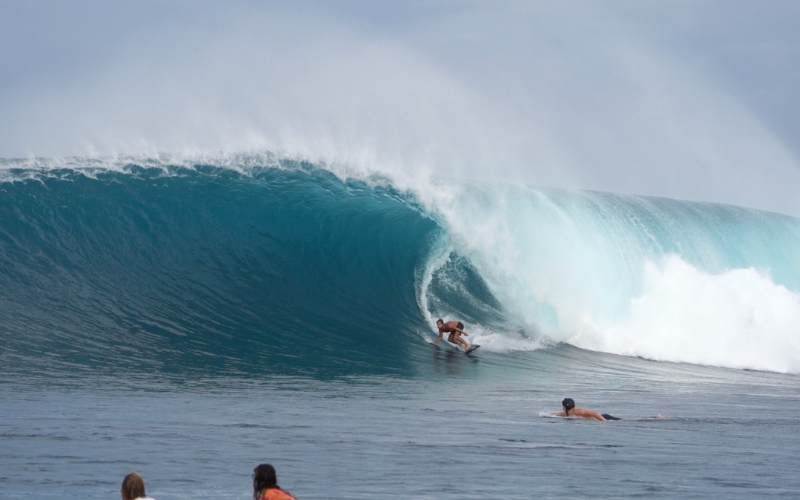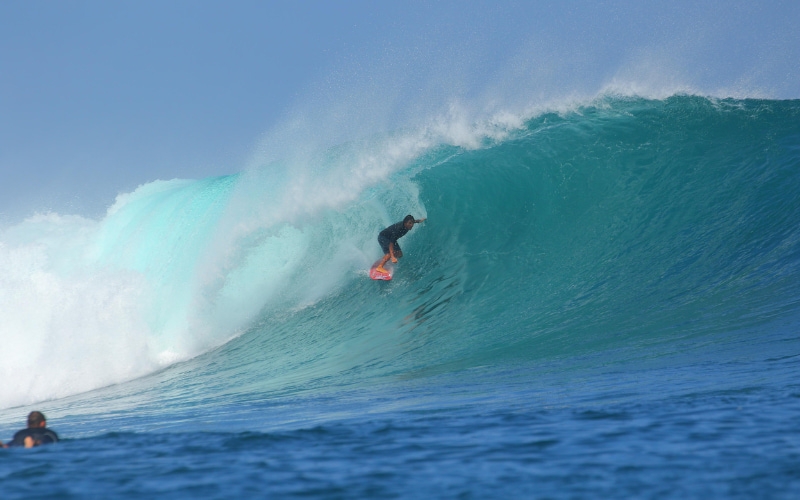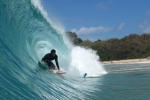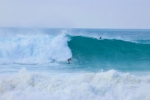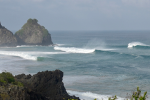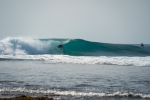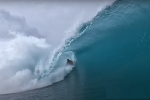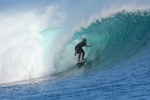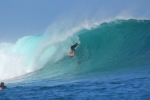Understanding Wave Energy and Wave Power
In relation to surfing, wave energy only serves to illustrate how high the sea is, while wave power indicates the flow of energy contained in the waves.
05/Jul/2024 - SurfguruWave power is widely used to calculate wave energy generation power. The technologies used to collect wave energy are still under development around the world, and there have been some attempts to use it since 1890.
[TAKE SURFGURU’S WAVE FORECASTING COURSE]
The force of waves is different from the force of tides, which capture the energy of the current caused by the gravitational pull of the Sun and Moon. Waves and tides are also different from ocean currents caused by other forces, including breaking waves, wind, the Coriolis effect and differences in temperature and salinity.
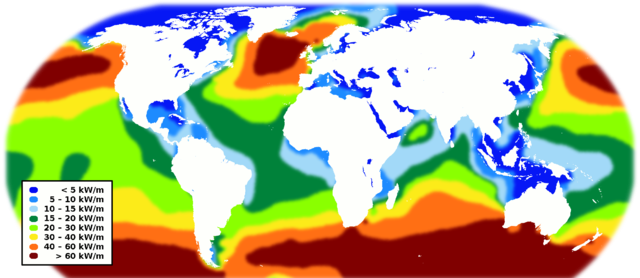
Average power of sea waves in the world's oceans.
In 2000, the world's first commercial wave energy device, the Islay LIMPET was installed off the coast of Islay, Scotland, and connected to that country's electricity distribution grid. In 2008, the first experimental multi-wave farm with multiple generators was inaugurated in Portugal, at Parque das Ondas de Aguçadoura.
Pelamis was a technology that used the movement of ocean surface waves to generate electricity. The machine was made up of connected sections that flex and bend as waves pass by; It is this movement that is used to generate electricity (figure below).
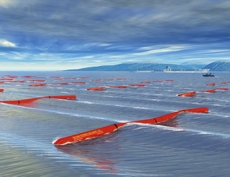
Pelamis - wave energy harvesting device - photo: Ocean Power Delivery
Physical Concepts
Waves are generated by the wind when it blows over the sea surface. In general, the largest waves are the most powerful, but wave power is also determined by wave speed, wavelength, and water density.
Wave energy
In a 1 square meter area of sea, the average wave energy density is proportional to the wave height squared, according to linear wave theory:
E = ρ g ( Hs )² / 16
Where E is the average wave energy density per unit of horizontal area, measured in Joules per square meter (J/m²), and corresponds to the sum of the kinetic energy density with the potential energy of the waves in this area of 1 square meter of ocean area.
ρ is the value of the density of sea water, which is on average equal to 1035 kilograms / m³, g is the value of the acceleration of gravity, equal to 9.85 meters per second squared and Hs is the significant height of the waves.
[TAKE SURFGURU’S WAVE FORECASTING COURSE]
Waves propagate over the ocean surface, and wave energy is transported horizontally during wave propagation. The average rate of transport of wave energy through a plane of unit width, parallel to a wave crest, is called Wave Power or Wave Energy Flux (see figure below).

Wave power
Energy flow is the total power that waves carry, but no wave energy harvesting device can absorb all of this energy. This flow is the sum of the potential and kinetic energy transport of the waves. Thus, through the flow of total energy (Total Wave Power), we can understand how energy is transmitted by waves, as they travel along the continental shelf until they reach the beach. This is the energy available at the surf peak.
To analyze the energy flow in an individual wave, the total energy (kinetic and potential) per unit area is considered. Thus, in a simplified way, the energy flow (P) can be represented through the equation:
P = (Hs)² x Tp / 2 kW/m
Where P is the average power per meter of wave front, Hs is the significant wave height, and Tp is the wave peak period.
Example: Consider waves with a significant height of 3 meters and a peak period of 8 seconds. Using the formula we arrive at a power of 36 kilowatts per meter of wavefront:
P = (3.0)² x 8 / 2 = 36 kW/m
This means that for each meter of wave front, there will be an average of 36 kilowatts of power being delivered by the waves, that is, 36 thousand Joules per second passing per meter of wave front.
In a storm where the waves are about 10 meters high, and have a period of about 15 seconds. According to the formula above, these waves carry about 1.5 MW (megawatts) of power in each meter of wave front.
Surfguru is now delivering wave energy and power measurements in the form of graphs and tables. The default view of this data in graph form is showing wave energy as vertical bars, while wave power is shown in color, but the user can invert this order just by pressing a button at the top of the graph if they wish. .
ALOHA!
-----
And if you want to delve a little deeper into wave forecasting, we recommend Surfguru's Wave Forecasting Course. With the course you will use the forecast to your advantage through basic concepts and practical tips! The course is completely online, with approximately 4 hours of recorded classes and in it you will learn the entire theory of wave formation: from how they form, how they move, until their arrival on the beach. It offers you everything, EVERYTHING, so that you can correctly interpret the forecast. Anyone who is already a PRO subscriber has an exclusive discount through our Advantages Club. If you're not a PRO yet, try it for 30 days free using the CURSO30 coupon. Let's go?


